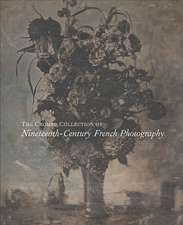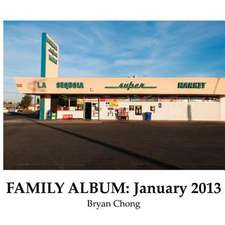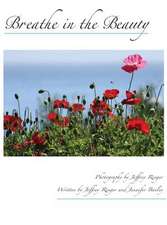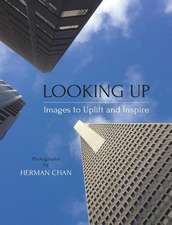Henri Cartier-Bresson: Paris Revisited: Cărți și albume Henri Cartier-Bresson
Autor Anne de Mondenard Editat de Agnès Sireen Limba Engleză Hardback – 24 iun 2021
In this volume are 160 photographs taken from a career lasting more than fifty years. Mostly in black and white, this selection reveals the strong influence of pioneering documentary photographer Eugene Atget (1857-1927) on Cartier-Bresson, and the clear visual links with surrealism that infused his early pictures. After an apprenticeship with cubist painter Andr Lhote in 1932, Cartier-Bresson bought his first Leica, a small portable camera that allowed him to capture the movement and rhythms of daily life in Paris. Camera in hand, Cartier-Bresson observed the Liberation from the Nazis in August 1944 from close quarters and the civil disturbances of May 1968. For decades he also thrived in capturing native Parisians going about their lives in the city, as well as photographing celebrated artists, writers, politicians, and anonymous citizens.
This collection is not only a superb portrait of Paris in the twentieth century, but a testament to Cartier-Bresson's skill as a supreme observer of human life.
Preț: 272.56 lei
Preț vechi: 316.83 lei
-14% Nou
52.16€ • 53.100$ • 44.09£
Carte disponibilă
Livrare economică 13-27 februarie
Livrare express 29 ianuarie-04 februarie pentru 126.79 lei
Specificații
ISBN-10: 0500545421
Pagini: 255
Ilustrații: 200 Illustrations, unspecified
Dimensiuni: 246 x 296 x 30 mm
Greutate: 1.53 kg
Editura: Thames & Hudson
Seria Cărți și albume Henri Cartier-Bresson
Descriere
Henri Cartier-Bresson (1908-2004) was the eye of the 20th century and one of the world's most acclaimed photographers. Paris was his home, on and off, for most of his life and the photographs he took of the city and its people are some of his most recognizable and beloved images.
In this volume are 160 photographs taken from a career lasting more than fifty years. Mostly in black and white, this selection reveals the strong influence of pioneering documentary photographer Eugene Atget (1857-1927) on Cartier-Bresson, and the clear visual links with surrealism that infused his early pictures. After an apprenticeship with cubist painter Andr Lhote in 1932, Cartier-Bresson bought his first Leica, a small portable camera that allowed him to capture the movement and rhythms of daily life in Paris. Camera in hand, Cartier-Bresson observed the Liberation from the Nazis in August 1944 from close quarters and the civil disturbances of May 1968. For decades he also thrived in capturing native Parisians going about their lives in the city, as well as photographing celebrated artists, writers, politicians, and anonymous citizens.
This collection is not only a superb portrait of Paris in the twentieth century, but a testament to Cartier-Bresson's skill as a supreme observer of human life.
Notă biografică
Anne de Mondenard is a photography historian and curator at the Musée Carnavalet. Agnès Sire has been the director of the Fondation Henri Cartier-Bresson in Paris since its creation in 2003. Peter Galassi is a scholar and curator whose principal fields are photography and 19th-century French art. He was Chief Curator of Photography at The Museum of Modern Art from 1991 to 2011.
Cuprins
1. 1929-1934: The Beginnings . 2. 1935-1939: The Time of Work Engagement . 1944: The Liberation of Paris . 1944-1994: 20th-Century People . 1951-1966: A Surveyor of life . May 1968 . 1968-1985: After Magnum . 1974-1994: A Return to Drawing

















